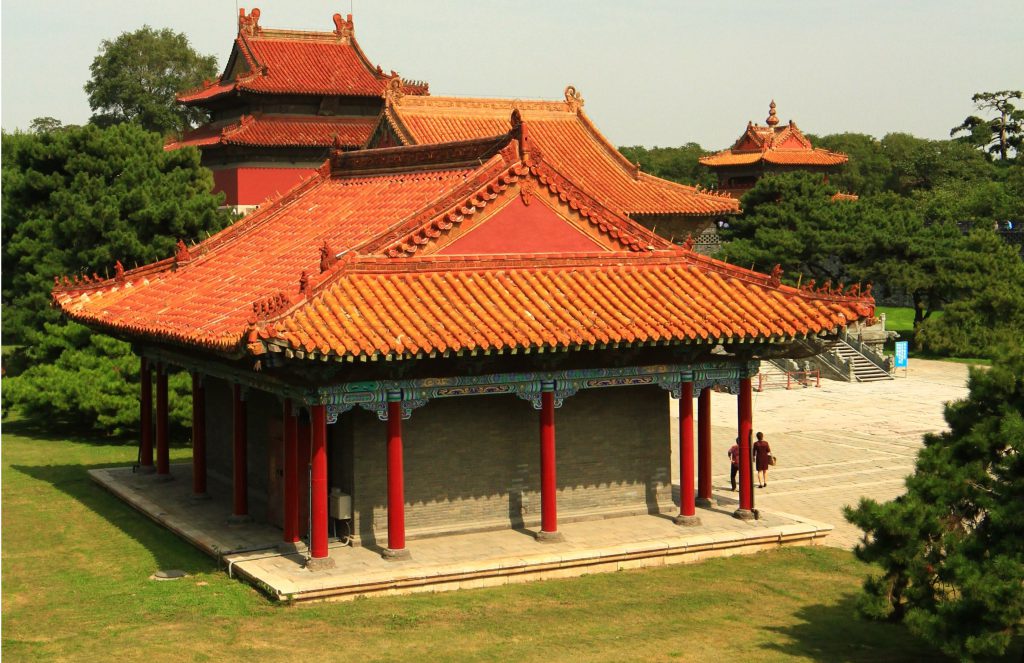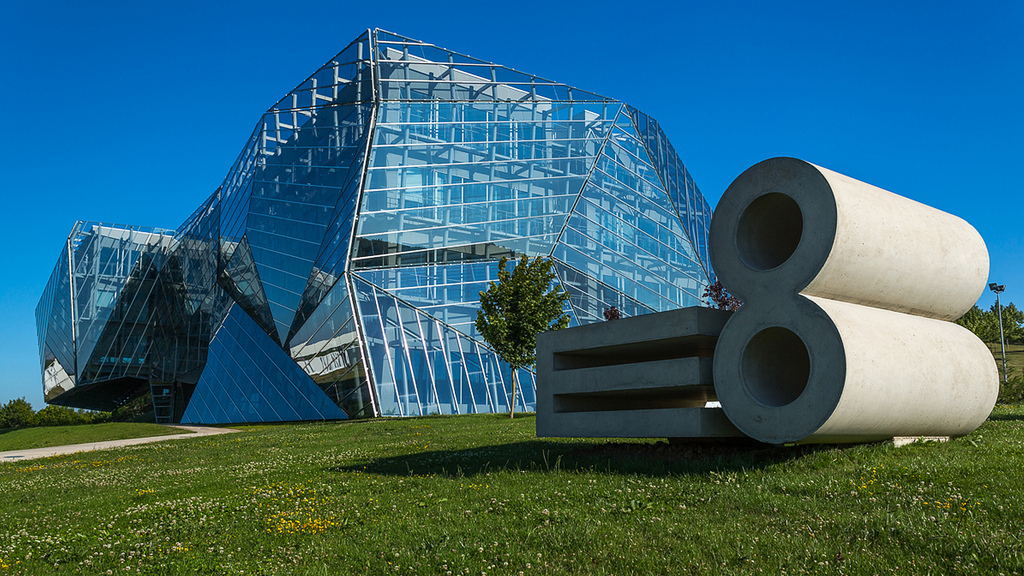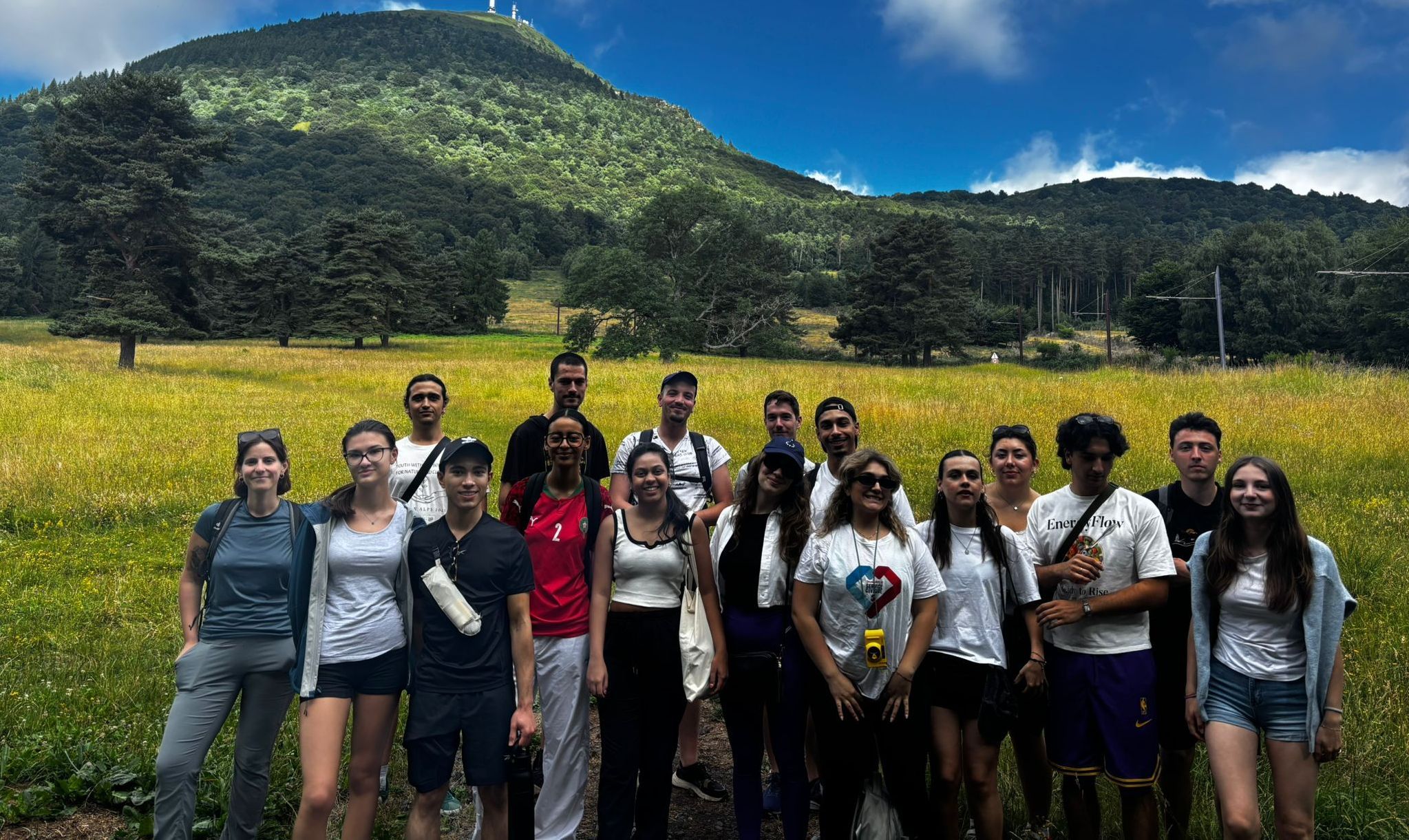Although most countries in the world are still imposing travel restrictions, destinations within your own continent might be accessible. To organize your trip, do not hesitate to contact the local tourist information centers which have the most information and know their territories better than anyone else. Their role is to inform you about the activities and help you with your reservations.
The development of tourism activities does not necessarily imply a massification of tourism but for many INMC members, it might be an important way to leverage the local economy. The natural environment, cultural heritage, local crafts and know-how, quality accommodation, accessibility to sites and gastronomy are all valued assets in tourism policies and often times they are rewarded with quality labels.
The most known of these labels, is of course the United Nations Educational, Scientific and Cultural Organization (UNESCO) “World Heritage” label. Its main objective, since its conception in 1972, is the protection of cultural and natural sites and the attainment of a cherished label that allows for worldwide recognition and for tourism development. Among the cities in the Network, several have UNESCO World Heritage sites, whether on their territory or nearby. Here is a panorama of the tourist Grail among the cities of the Network.
Americas
The historic monuments in downtown Querétaro, Mexico, have been on the World Heritage List since 1996.
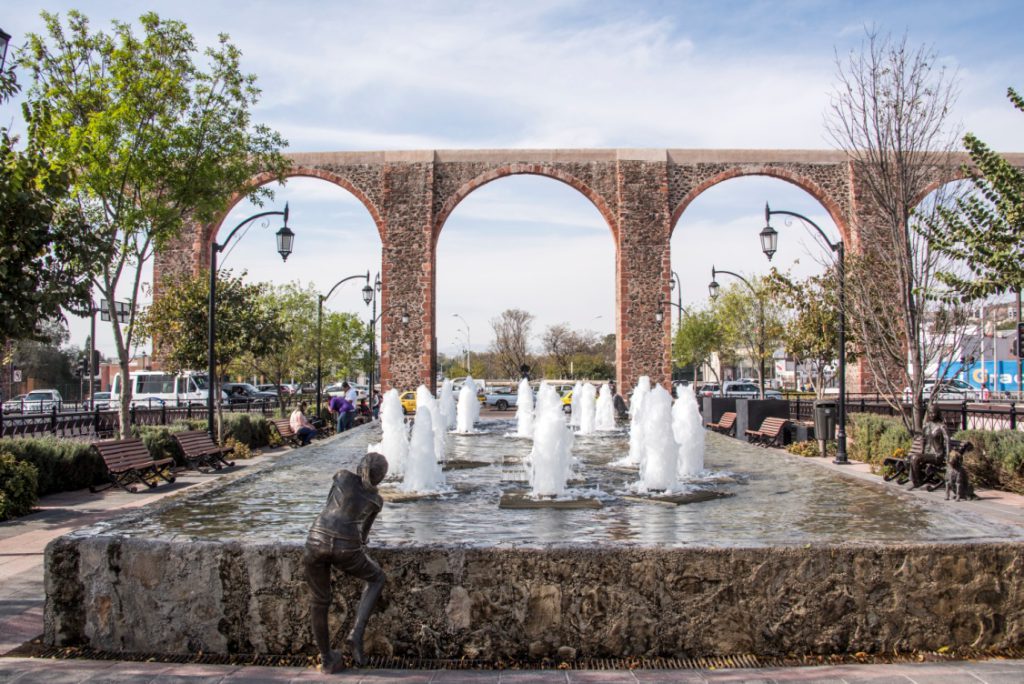
Not far from Kings County in Canada, we can find the Landscape of Grand Pré and its archaeological sites, registered since 2012.
Asia
Near Maebashi in Japan, there is a silk mill called “Tomioka” that was classified in 2014.
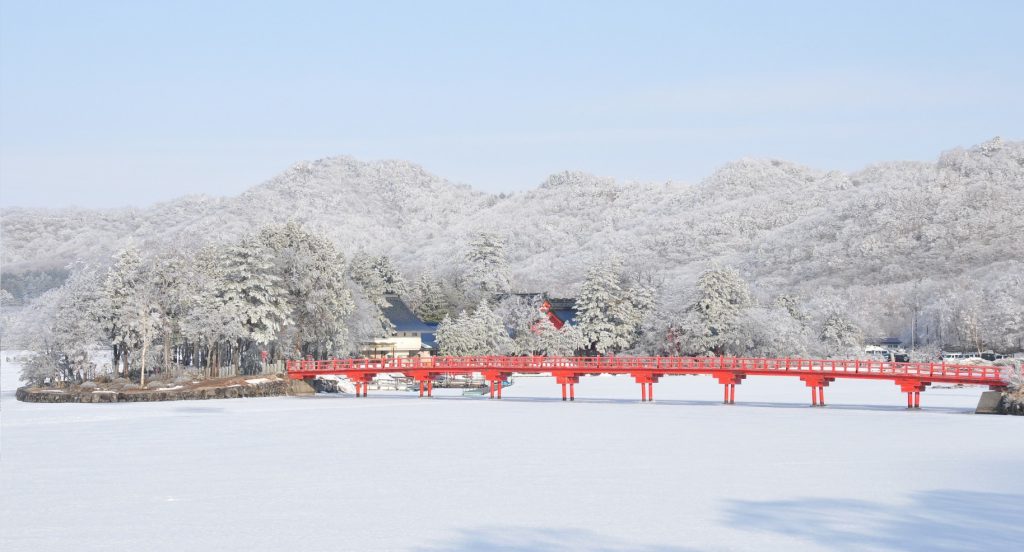
Europe
Clermont-Ferrand, in France has 2 sites: the Notre-Dame du Port basilica, which is on the Routes of Santiago de Compostela since 1998, and the Chaîne des Puys – Limagne fault tectonic area which is a natural heritage since 2018.
- Chaîne des Puys – Limagne fault tectonic arena
- Routes of Santiago de Compostela in France
- Clermont-Ferrand Tourist office

Along one of the four routes to Compostela in Northern Spain, is the Cathedral of Vitoria-Gasteiz, a World Heritage site since 1993.
- Routes of Santiago de Compostela: Camino Francés and Routes of Northern Spain UNESCO description
- Vitoria-Gasteiz Tourist Office
Vitoria-Gasteiz holds other quality labels, including “responsible tourism destination”, in addition to having been Green European Capital in 2012, and having been recognized as a World Green City by the UN in 2019.
To learn more about the different routes to Santiago de Compostela, you can also check the website 10adventures.com.
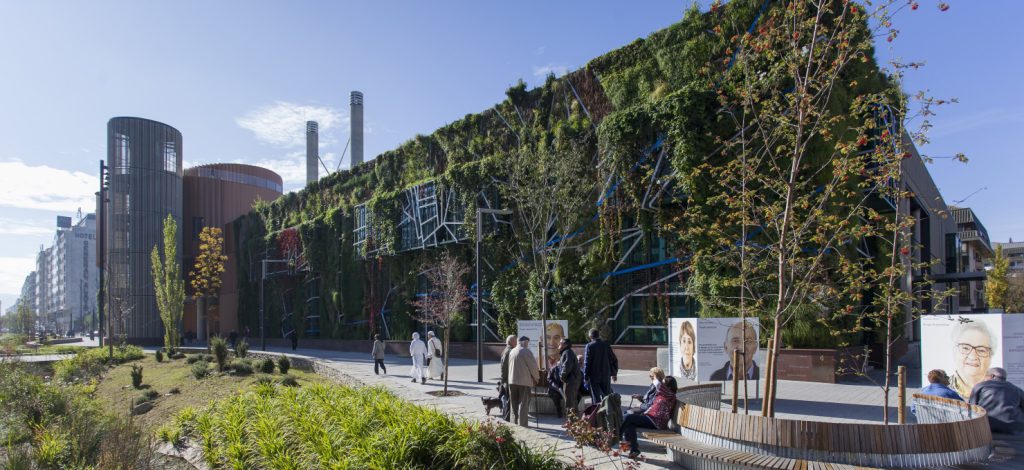
In Braga, Portugal, is the Sanctuary of Bom Jesus do Monte, classified since 2019.
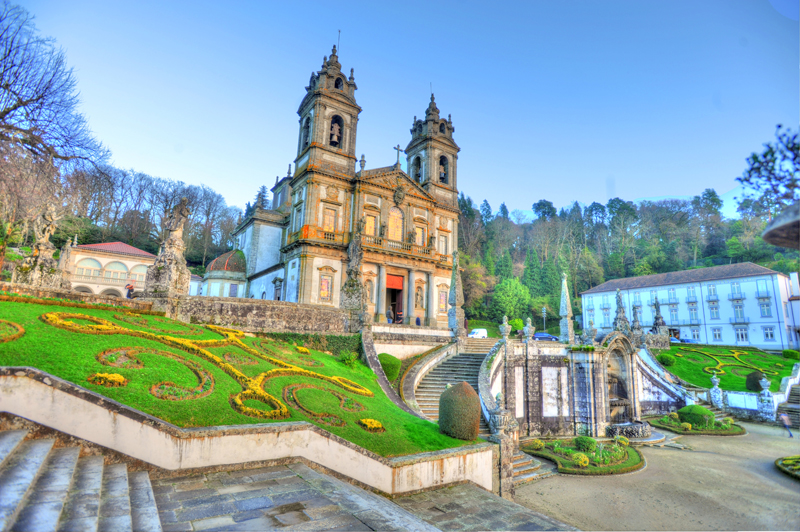
Near Cuneo in Italy, there are 5 vineyards and the castle of Cavour, registered as a cultural landscapes (terraced cultures, gardens or sacred places, etc.) since 2014.
In Regensburg, Germany, the entire historic center has been protected since 2006 (as well as its neighbor Stadtamhof), on the banks of the Danube.
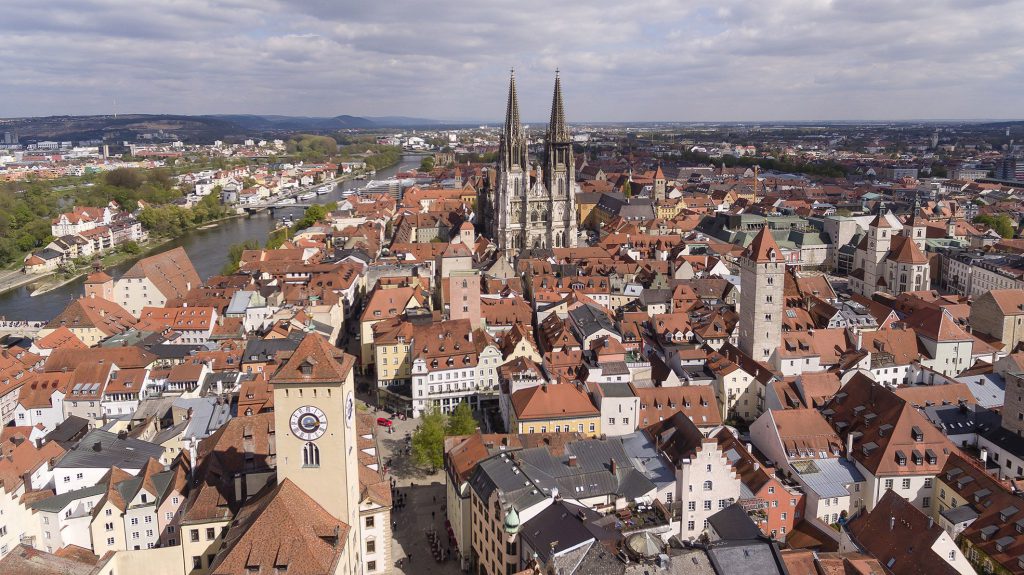
Even if the wealth and richness of our territories cannot be limited to a single label, there is an undeniable global value in every one of these sites and in every one which has not been labeled yet.
To learn more about the World Heritabe emblem, click here
